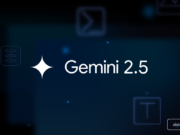
Hello guys,
In my previous blog, we covered what Julia is, its applications and how to install it. Now, let’s dive deeper into Julia and explore its packages.
Julia, the rising star of scientific computing , offers a compelling combination of speed, elegance, and a rich ecosystem of packages. But its reach extends beyond just scientific applications. We’ll explore Genie.jl for rapid web development, ML.jl and Flux.jl for building intelligent systems, Plots.jl for data visualization.
1. Simplifying Web Development: Genie.jl

While Julia might not be your first choice for large-scale web applications, Genie.jl shines for rapid prototyping and small projects. Its focus on simplicity allows you to get up and running quickly with minimal configuration. If we need a quick web interface to display real-time data from your machine learning model, then we can build that using the Genie.jl package. Genie.jl allows you to focus on the core functionality without getting bogged down in complex web frameworks.
Here’s the beauty of Genie.jl, you define routes that map URLs to handler functions. These functions handle incoming requests and generate the corresponding responses. This streamlined approach makes it easy to build basic web applications for data visualization, user interaction with your models, or even simple APIs, Similar to Node.js
2. Machine Learning: ML.jl and Flux.jl
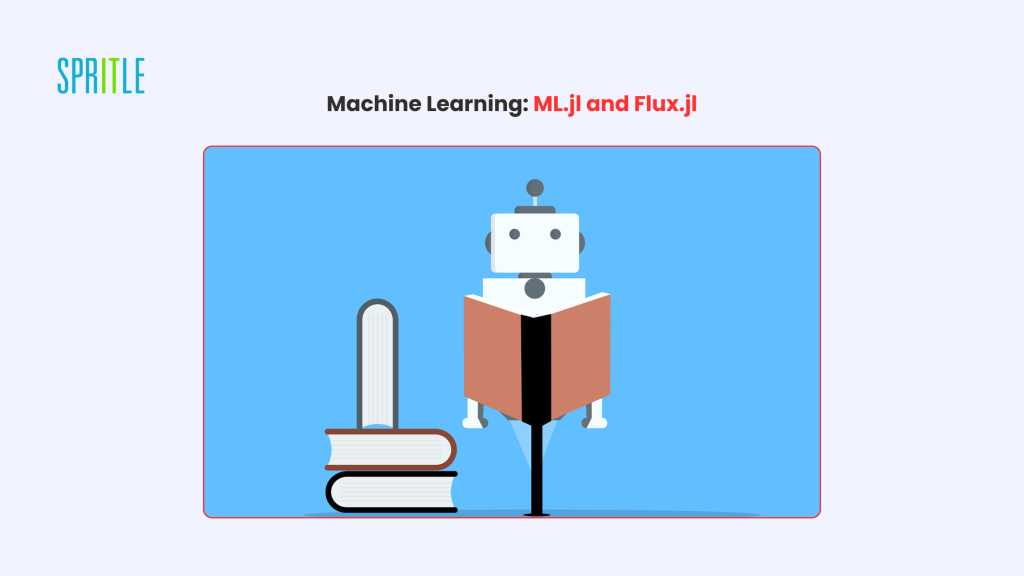
Julia excels in the realm of machine learning, offering a powerful duo: ML.jl and Flux.jl.
ML.jl
ML.jl provides a comprehensive toolbox with a vast collection of algorithms for various tasks like classification, regression, dimensionality reduction, and more.
For example, if you’re working on a project to predict housing prices, you could leverage ML.jl’s linear regression or decision tree algorithms. These algorithms can identify patterns within your housing data (square footage, location, etc.) and establish a relationship between those features and the actual sale price.
Flux.jl
Now, let’s talk about building more complex intelligent systems with Flux.jl. Flux.jl empowers you to construct and train neural networks. Imagine you’re working on an image classification task, where you want to train a model to distinguish between cats and dogs in pictures. Flux.jl allows you to define the neural network architecture, specify the training data, and train the model to accurately classify new images.
3. Data visualization: Plots.jl, Makie.jl
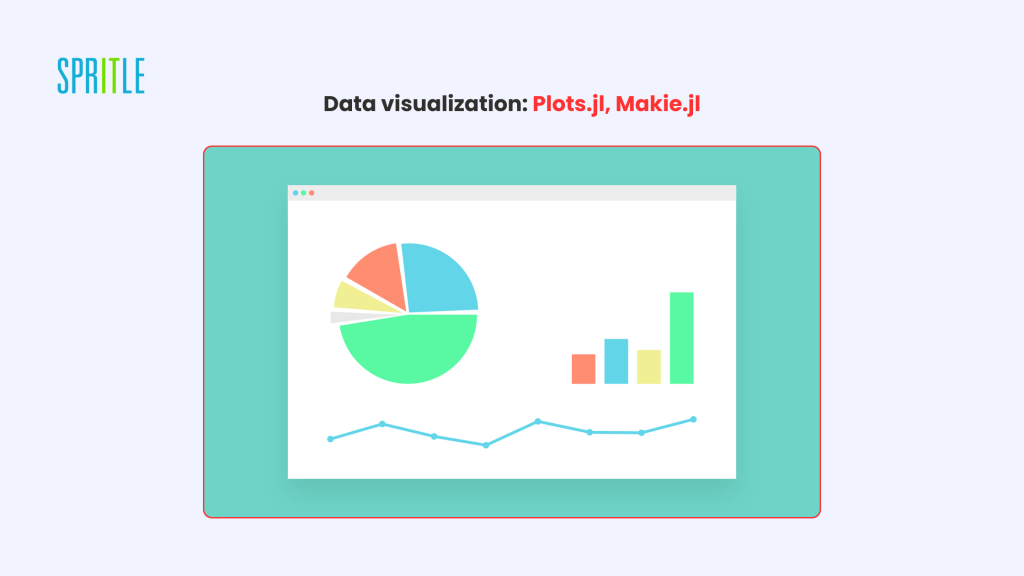
Data visualization plays a crucial role in exploring and understanding data. Imagine having a complex dataset from a scientific experiment. We can visualize using plots.jl or makie.jl
Plots.jl
Plots.jl empowers you to create various plots, including scatter plots, histograms, line plots, and more. These visualizations can help you identify trends, patterns, and relationships within your data.
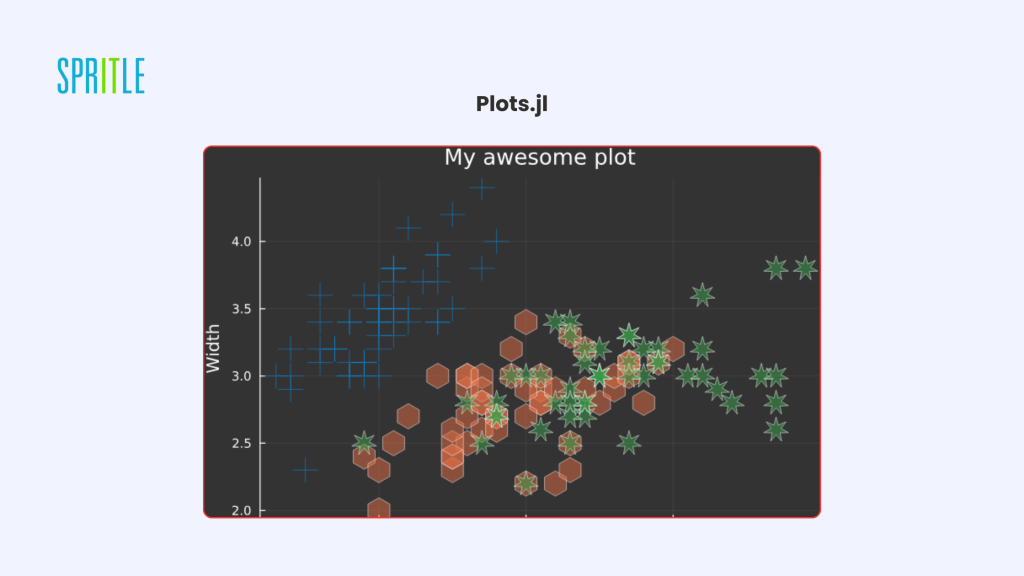
For instance, if you’re analyzing weather data, you could use Plots.jl to create scatter plots visualizing temperature variations across different locations. This allows you to see if there’s a correlation between location and temperature or identify any outliers in your data.
Makie.jl
Makie.jl stands out as a modern data visualization ecosystem specifically designed for the Julia programming language. It offers a high-performance and extensible framework, making it suitable for various visualization tasks. Unlike static plots generated by libraries like Plots.jl, Makie.jl empowers you to create interactive visualizations that come alive.
Applications of Makie.jl:
- Scientific Data Exploration: Scientists and researchers can leverage Makie.jl to visualize complex datasets, allowing them to identify trends, relationships, and outliers in their data. Imagine visualizing 3D molecular structures or exploring intricate weather simulations – Makie.jl provides the tools for these tasks and more.
- Financial Data Analysis: Financial analysts can use Makie.jl to create interactive visualizations of stock prices, market trends, and other financial data. The ability to zoom and pan allows for a detailed examination of market movements, facilitating informed investment decisions.
Interactive Dashboards and GUIs: Makie.jl can be instrumental in building interactive dashboards and graphical user interfaces (GUIs). Imagine creating a dashboard that displays real-time sensor data or a user interface where users can interact with simulations – Makie.jl offers the capabilities to bring these ideas to life
Conclusion
By leveraging Genie.jl, ML.jl, Flux.jl, Plots.jl, Makie.jl, you can unlock Julia’s potential for various domains while streamlining your development process. Genie.jl allows for rapid web prototyping, ML.jl and Flux.jl empower you to build intelligent systems, Plots.jl and Makie.jl helps you visualize data insights. With this powerful combination, Julia can become your go-to language for various projects, from simple web applications to cutting-edge machine learning.
Bonus Tip: Explore JuliaHub, a comprehensive package registry that makes discovering and installing Julia packages a breeze.



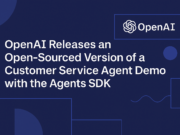














![Diablo 4 Mod Apk Newest Model [Unlimited Excitement]](https://digibytetoday.com/wp-content/uploads/2025/06/1750344127_1-final-180x135.jpg)











